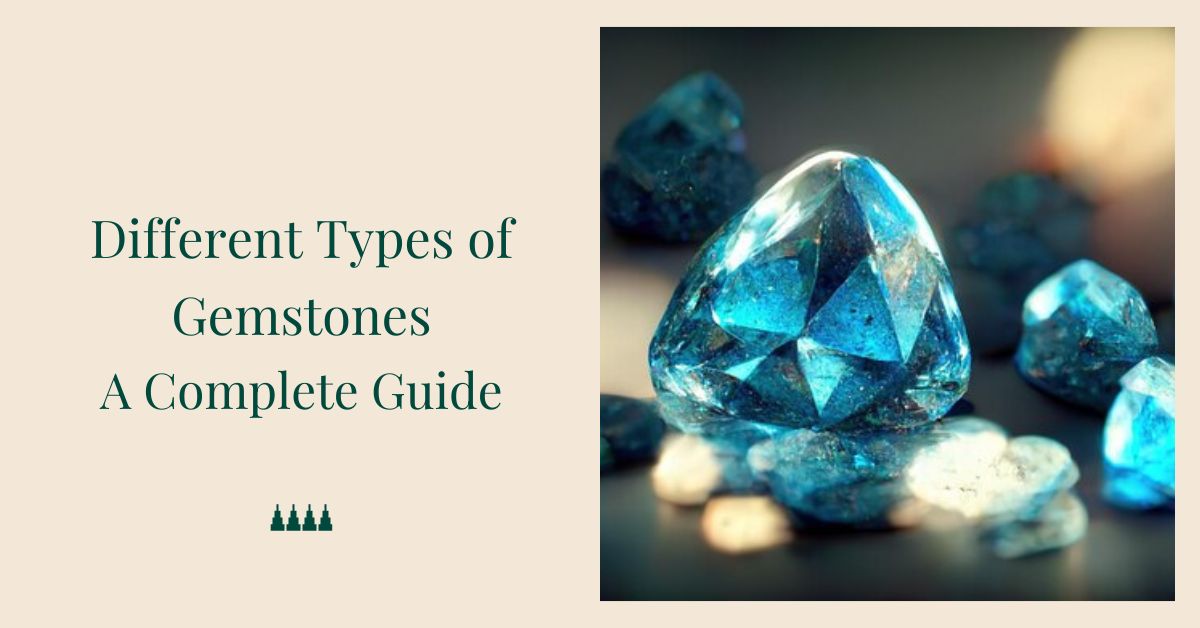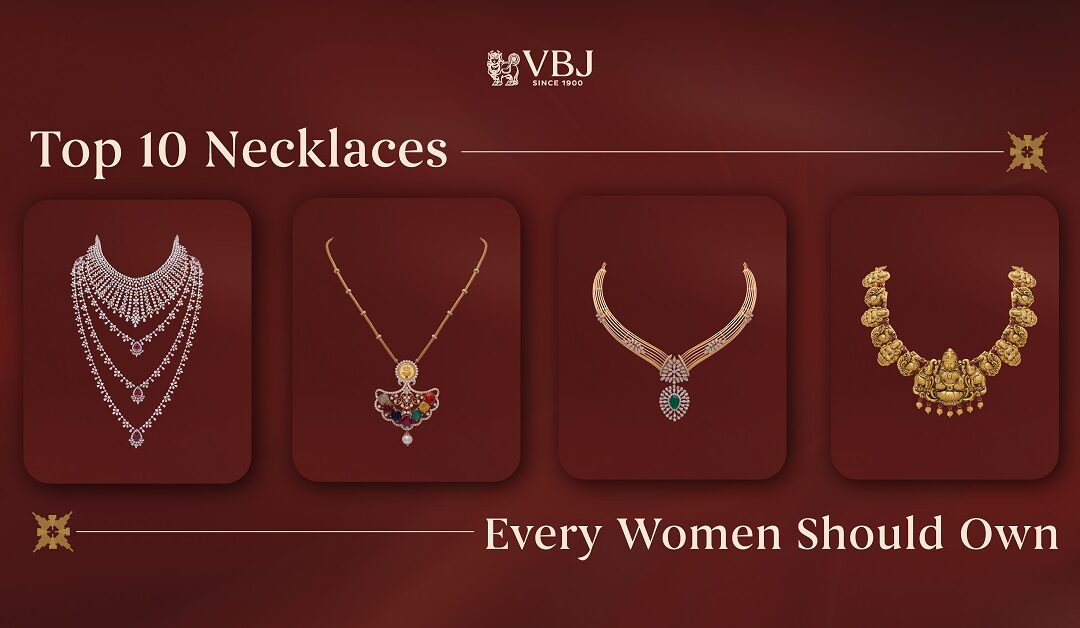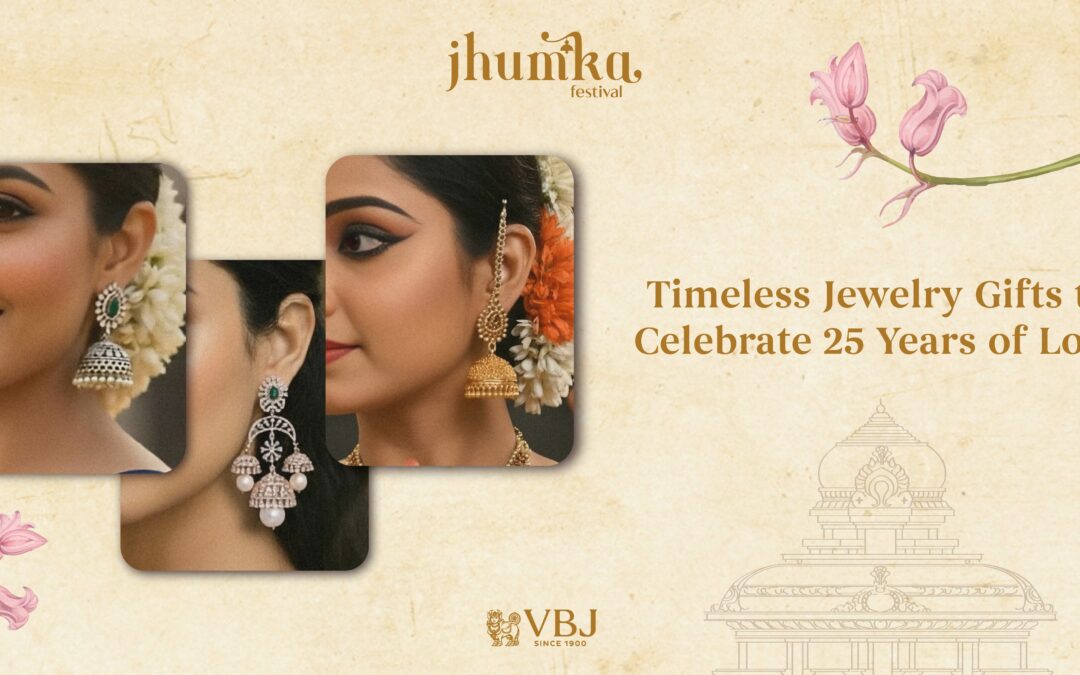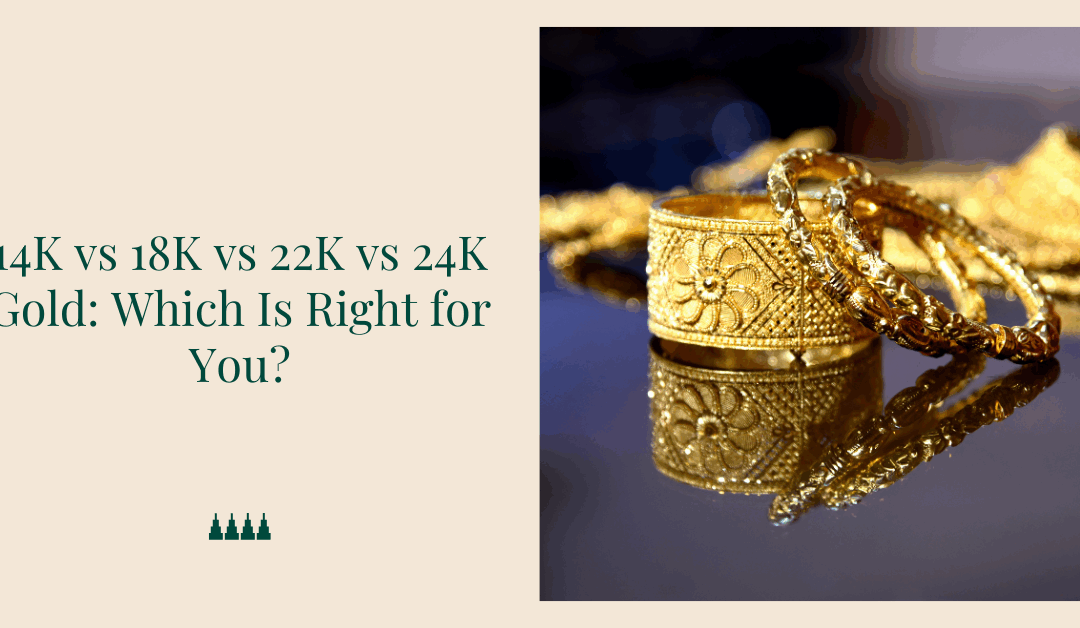Gemstones play a vital role in the jewelry industry and carefully examined gemstones detect visual characteristics such as color, transparency, luster, etc. These observations help in the separation and classification of gemstones. In this blog, let’s delve deeper into the various types of jewelry stones (gemstones). So, continue reading…
In-Depth Overview
Stones and gems have held a special place in Indian culture for centuries. They are valued for their beauty and believed to possess spiritual and healing properties. Ancient Indians were skilled in stone carving and jewellery making, using various types of stones to create exquisite pieces. From vibrant gemstones like emerald, sapphire, and ruby to the mesmerising beauty of pearls and diamonds, Indian jewellery incorporates a wide range of precious stones. These stones are admired for their aesthetics and revered for their symbolic meanings and astrological significance.
Understanding Gemstones: A Comprehensive Guide
Gemstones are natural mineral crystals that are cut and polished to be used in jewellery or other decorative purposes. They come in a wide variety of colors, shapes, and sizes, each with its unique characteristics and properties.
The significance of these gemstones is deeply rooted in customs and traditions, contributing to the identity and symbolism of individuals. Historically, the Indian subcontinent has been associated with the deep understanding and appreciation of gemstones, with the art of stone cleaving and the crafting of exquisite jewellery having a rich and longstanding heritage.
Different Types Of Jewellery Stones
1. Diamond: The undisputed king of gemstones, diamonds are renowned for their unparalleled brilliance, fire, and hardness. These precious stones are formed under immense pressure and heat deep within the Earth’s mantle.
2. Ruby: The fiery red gemstone, ruby, is a variety of the mineral corundum. Its rich, deep color is a result of the presence of chromium, making it a highly coveted jewellery stone.
3. Sapphire: Another member of the corundum family, sapphires come in a range of captivating hues, from deep blue to yellow, pink, and even purple. The most prized sapphires are the vivid blue ones.
4. Emerald: Known for its lush green color, the emerald is a type of beryl gemstone. These precious stones are highly valued for their rarity and often associated with rebirth and fertility.
5. Amethyst: This violet-hued variety of quartz has been prized for centuries for its stunning color and symbolism of royalty and spirituality.
6. Opal: The mesmerizing play of colors in opals is a result of their unique internal structure, making each stone a true masterpiece of nature.
7. Tanzanite: A relatively new addition to the world of gemstones, tanzanite is a beautiful blue-violet variety of zoisite, found only in a small region of Tanzania.
8. Aquamarine: With its soothing blue-green hue reminiscent of the ocean, aquamarine is a member of the beryl family and is believed to bring calmness and clarity.
9. Topaz: Available in a range of colors, from golden yellow to blue and pink, topaz is a durable gemstone known for its brilliance and affordability.
10. Tourmaline: Tourmaline is a unique gemstone that can occur in a wide array of colors, from black and pink to green and blue, making it a versatile choice for jewellery.
11. Garnet: Garnets come in various colors, including red, orange, yellow, and even green, and are known for their durability and affordability.
12. Peridot: The vibrant green peridot is the gem variety of the mineral olivine and is often associated with abundance and prosperity.
13. Citrine: This sunny yellow variety of quartz is known for its warm, cheerful color and is believed to promote confidence and optimism.
14. Turquoise: With its distinctive blue-green hue, turquoise has been prized for centuries by various cultures, particularly in Native American jewellery.
15. Zircon: Available in a range of colors, including blue, yellow, and red, zircon is a brilliant and durable gemstone that can be mistaken for diamond due to its fire and brilliance.
16. Jade: Jade is a semi-precious gemstone that comes in various shades of green and has been revered in Chinese culture for its beauty and symbolism of wisdom and purity.
17. Moonstone: Known for its captivating bluish-white sheen and adularescence, moonstone is a variety of feldspar and is associated with intuition and femininity.
18. Pearl: Pearls are organic gemstones formed within the shells of certain mollusks and are highly valued for their lustrous beauty and rarity.
19. Lapis Lazuli: This deep blue gemstone is prized for its intense color and flecks of golden pyrite, making it a popular choice for jewellery and ornamental objects.
20. Morganite: A variety of beryl, morganite is a pale pink gemstone that has gained popularity in recent years for its delicate and feminine charm.
21. Rhodolite: A member of the garnet family, rhodolite is a beautiful purplish-red gemstone that is highly sought after for its vibrant color and rarity.
Significance of Gemstones
It is imperative for us to understand the intricate processes involved in the identification and classification of gemstones. This knowledge enables us to acquire accurate information about the gemstones used in our jewellery pieces and their significance.
Discover an exquisite array of gemstone jewellery designs at VBJ; we invite you to visit and explore our diverse collections that capture the essence of timeless beauty.
The symbolism and significance of gemstones have captivated human civilisation for centuries. These precious stones hold immense cultural, spiritual, and emotional value, making them cherished symbols of love, luck, protection, and personal expression. Gemstones are often associated with specific meanings and qualities, adding an extra layer of depth to their beauty.
Gemstones like diamonds are traditionally associated with love and commitment, making them a popular choice for engagement rings. Other gemstones, such as amethyst, are believed to possess healing properties and promote calmness and clarity.
In addition, gemstones can also represent birth months or zodiac signs, giving them personal and sentimental significance. Gemstones have long been used in jewellery for their beauty, rarity, and durability. They are not only aesthetically pleasing but also hold deep cultural and historical significance.
Care and Maintenance of Jewellery Stones
The care and maintenance of jewellery stones are essential to ensure their longevity and preserve their beauty. Gemstones are delicate and require proper handling, cleaning, and storage to prevent damage. Regular cleaning of gemstones can be done using mild soap and lukewarm water, gently scrubbing them with a soft brush, and rinsing thoroughly to remove any dirt or residue.
It is important to avoid harsh chemicals as they can damage the gemstone’s surface. Taking these precautions will help maintain the brilliance and clarity of the gemstones, ensuring that they continue to shine for years to come.
The Value and Investment Potential of Gemstones
The value and investment potential of gemstones have made them a sought-after asset in the financial market. Gemstones, especially rare and high-quality ones, have proven to hold their value over time.
Their rarity and desirability contribute to their value, with certain gemstones such as diamonds, rubies, and emeralds being particularly sought-after. Furthermore, gemstones can be a symbol of prestige and wealth, making them a desirable choice.
Emerging Trends in Gemstone Jewellery
Emerging trends in gemstone jewellery include the use of unique cuts and settings to create modern and unconventional designs. These trends focus on incorporating gemstones in innovative ways, such as using mixed metals, asymmetrical designs, and unconventional stone arrangements. These trends cater to the changing preferences of consumers who seek more personalised and distinctive pieces of jewellery.
Conclusion
Gemstones play a significant role in the world of jewellery. Their beauty, rarity, and durability have fascinated humankind for centuries, making them highly valued for their ornamental and symbolic qualities. Gemstones also hold potential as investments due to their long-lasting value. Overall, gemstones continue to captivate with their mesmerising colours and properties, serving as both a means of personal expression and a symbol of prestige.
FAQs Releated To Types Of Jewellery Stones
What are gemstones?
Gemstones are natural mineral crystals that are cut and polished for use in jewellery. They play a crucial role in the industry by adding aesthetic value to pieces. Visual characteristics like colour, transparency, and lustre are carefully examined to classify gemstones.
What is the significance of gemstones in Indian culture and jewellery making?
Gemstones have held a special place in Indian culture for centuries; they are valued for their beauty and are believed to possess spiritual and healing properties.
How do gemstones hold cultural and astrological significance?
Gemstones contribute to the identity and symbolism of individuals, deeply rooted in customs and traditions. They are associated with astrological significance, with historical ties to the art of stone cleaving and crafting exquisite jewellery.
Why is it important to understand the significance of gemstones in jewellery?
Understanding gemstones’ significance helps in the identification and classification process. This knowledge allows you to acquire accurate information about gemstone jewellery, appreciating its cultural and spiritual value.
How to care for and maintain gemstone jewellery?
To keep gemstones looking their best and lasting a long time, it’s important to handle them delicately, clean them with mild soap and lukewarm water, and avoid harsh chemicals. Regularly maintaining your gemstones can ensure they retain their brilliance and clarity, allowing them to shine for many years.
 Store Locator
Store Locator 







0 Comments